Livestock
All Livestock Content

Feeding Hybrid Rye Grain to Cattle
Feedlot researchers at SDSU were approached to evaluate the potential for hybrid rye to be used in cattle finishing diets. See what they found in terms of cattle performance and feed efficiency.
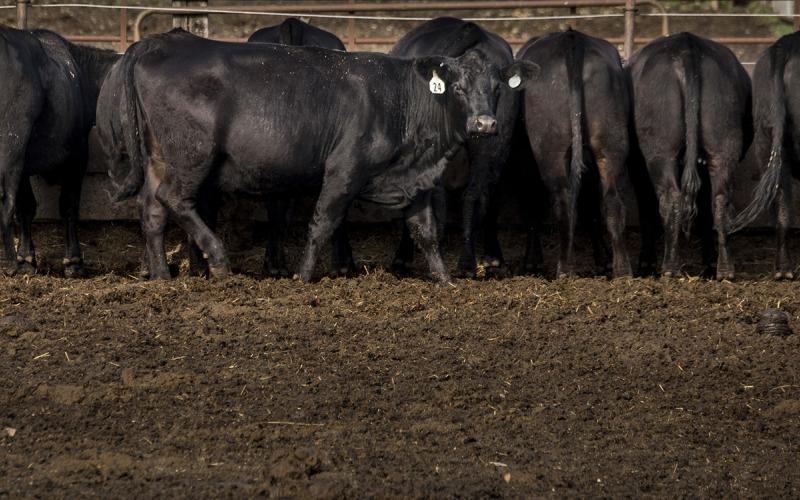
Feeding Damaged Wheat to Cattle
Feeding damaged wheat to livestock is one way to salvage value from the crop. Wheat can work well in cattle diets with some limitations.

Does Kernel Processing Silage Pay for Growing and Finishing Beef Cattle?
Kernel processing involves passing harvested silage through a set of rollers mounted on the chopper. But does this extra step result in improved efficiency and reduced costs of gain?
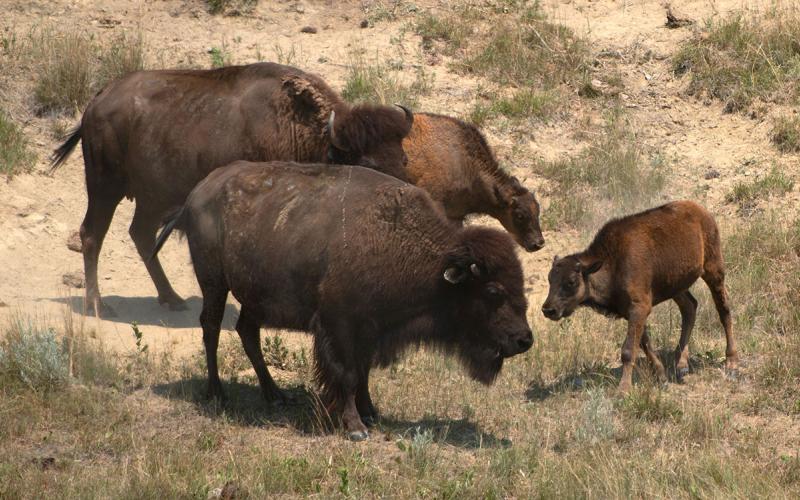
Decoding Bison Dietary Selection: More Than Just Grass
While bison are often thought of as quintessential grazers, their diet is surprisingly variable. However, they also snack on non-grass species throughout the year.

Water Usage Increased by Dietary Phytase Incorporation in Growing and Finishing Swine
Total water usage is an important consideration in sustainable pork production. Recent research at the SDSU investigated water usage of growing and finishing pigs fed diets without or with phytase included in the diet.
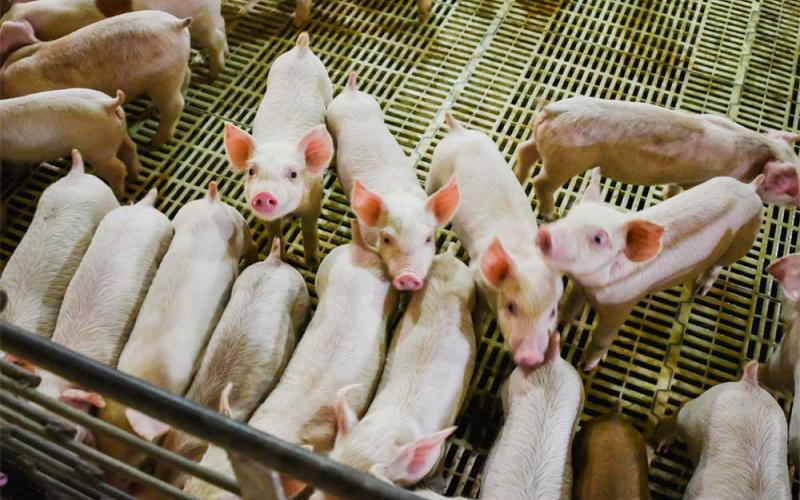
Tribasic Copper Chloride Source Shows Promise in Weanling Pig Performance
One of the many challenges in swine production is getting newly weaned pigs off to a good start. Research has found that tribasic copper chloride supplemented into nursery pig diets can be effective at improving growth performance and intestinal health of weanling pigs.
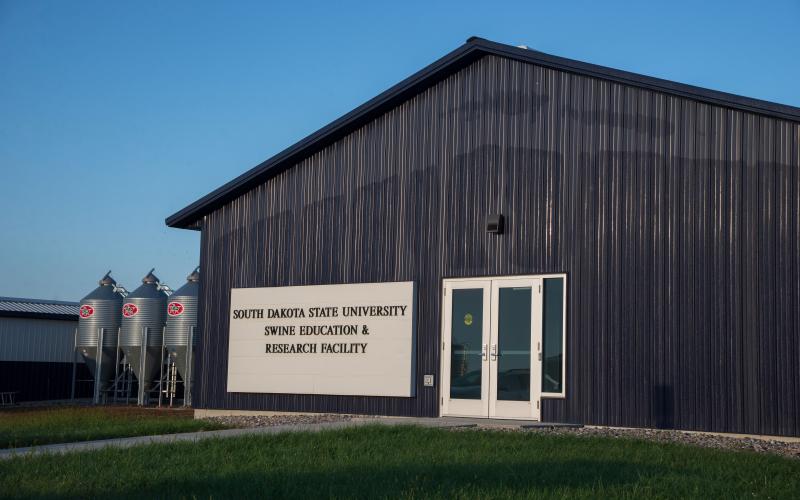
Trace Mineral Incorporation Level Did Not Impact Grow-Finish Pig Performance
Recent research at SDSU found that supplementing dietary trace minerals at levels closer to NRC requirements in typical corn-soybean meal diets for grow-finish pigs did not have an impact on overall pig performance and carcass characteristics.
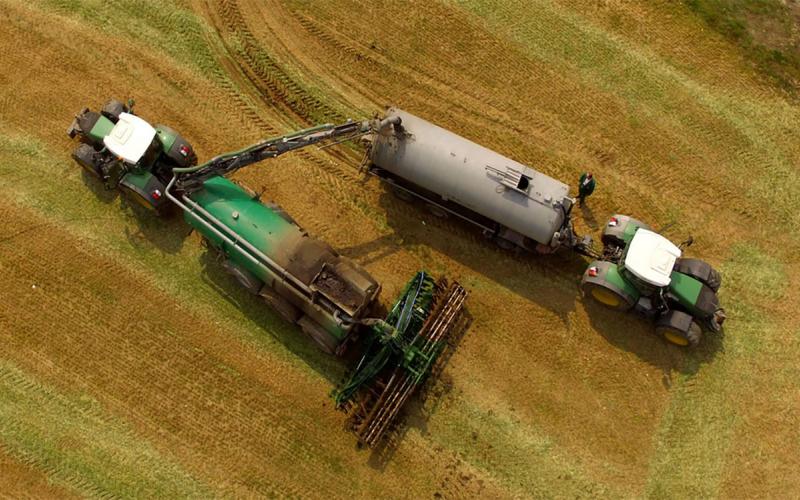
Swine Manure for Spring Planting
Did you know that swine manure is a valuable fertilizer that offers many benefits? Learn how it can be used to promote healthy plant growth, improve soil fertility, and reduce the need for synthetic fertilizers.
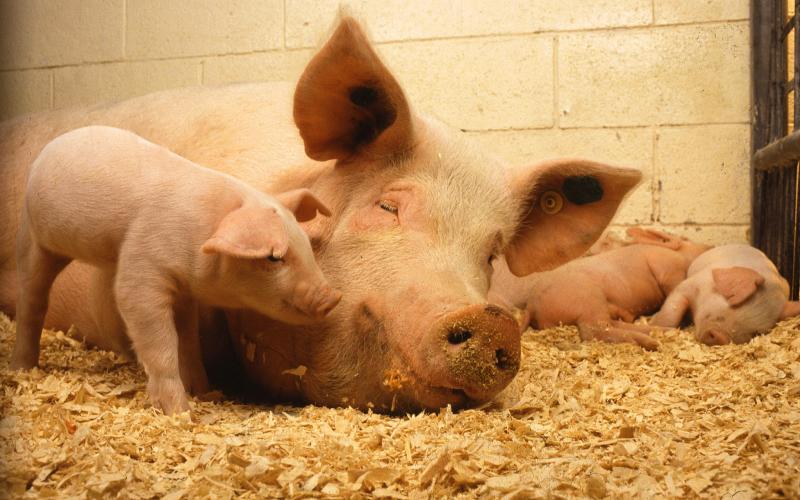
Next-Level Precision Sow Feeding
As the nutritional requirements of sows continue to be further refined, are there opportunities to achieve next-level precision sow feeding?
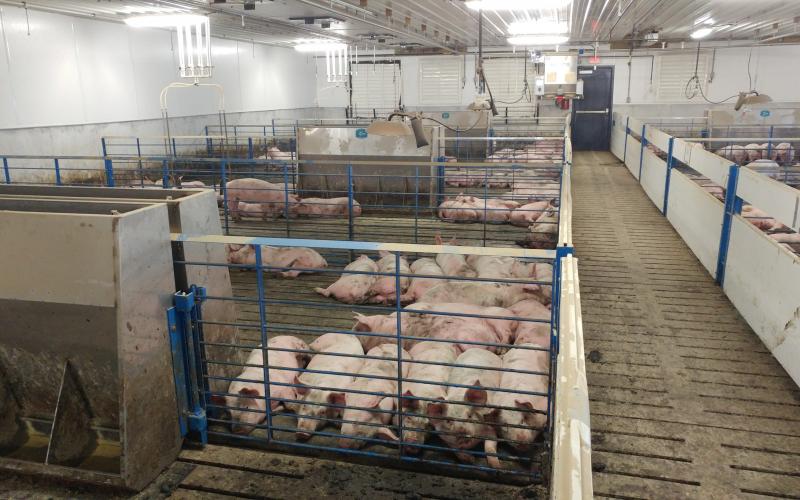
Is it Time to Reconsider Trace Mineral Levels in Pig Diets?
Growing pigs require trace minerals such as copper, iron, manganese and zinc for various biochemical functions, including cellular development and energy metabolism, which lead to optimal health and immunity.